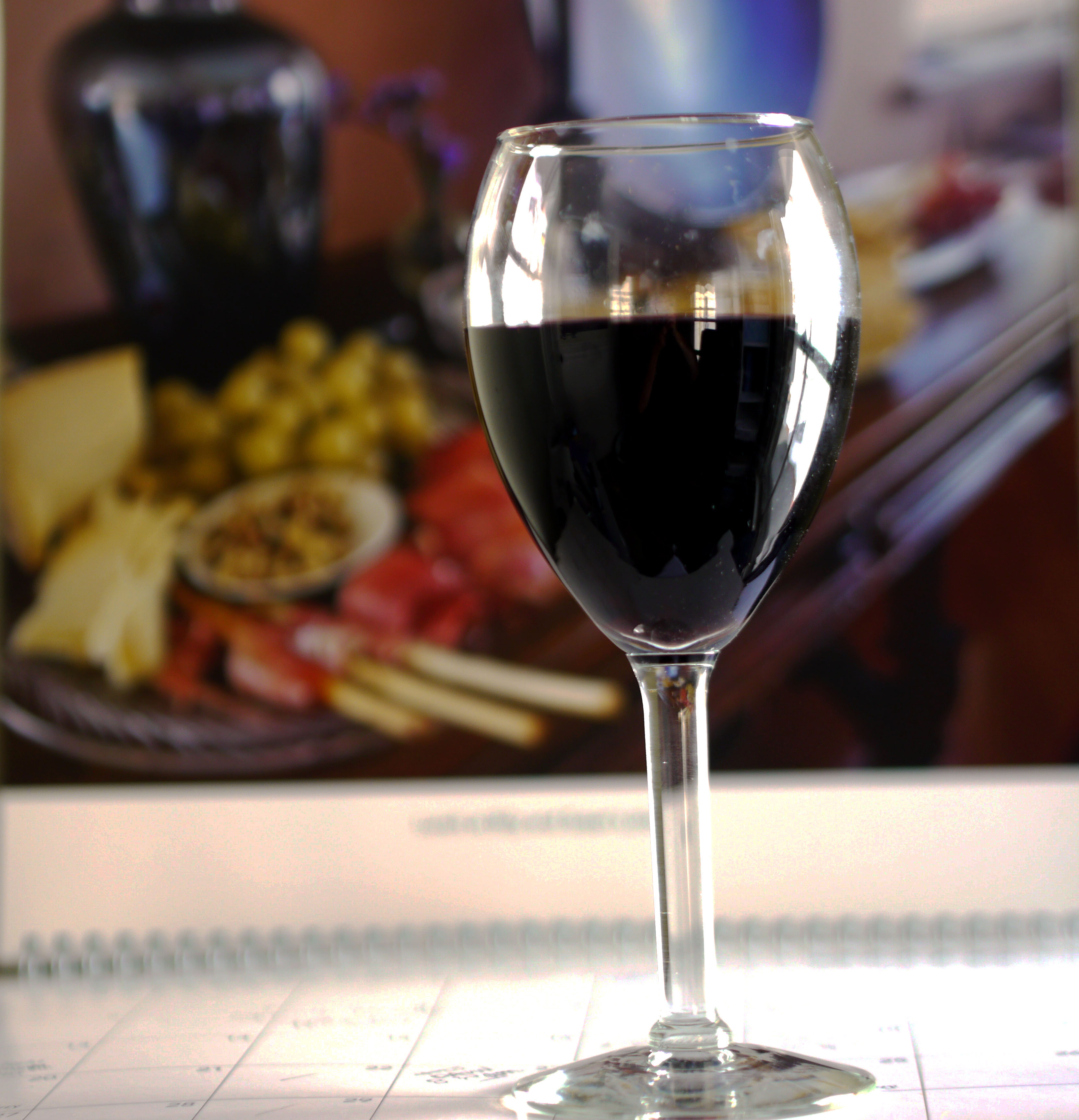(Above: Me at the Topsfield Fair in 2009 when I first won an award for my homemade zinfandel wine.)

I make wine the old school way: no special cleaning chemicals, no preservatives, no sulfites. I simply crush the grapes into an old oak barrel and let nature do its work. Although some modern-day wine makers use steel vats or even rubber barrels, I believe using a wooden barrel makes the wine taste better with deeper, complex flavors.
After that, it is simply a matter of changing the wine from glass container to glass container over the next several months to allow the wine to mature without sitting on the lees: the dregs or sediment at the bottom.
However, before I can start crushing preparations need to be made as follows:
-
- I clean my wine room (a makeshift room in my cellar that keeps the heat from the furnace away from the wine.
-
-

You have to prepare the barrel by filling it with water. I take the wooden barrel out of the cellar and give it a good “power-washing” with a hose, both inside and out. (I don’t actually use a power washer. I either stick my thumb in the opening to get a direct spray or I use a nozzle set to high-stream.)
-
-
- I seal the barrel by filling it with water. Wooden barrels dry out and when you first fill them, there will be many leaks. Don’t panic, this is normal. I take a rubber mallet and play around with hitting the metal rings on the barrel to stop leaks. I do this continually over a period of one or two days: filling the barrel with water; hitting the metal rings with a hammer; letting the water sit in the barrel overnight; refilling it in the morning. I do this until the barrel finally holds all of the water without leaking.
-
- I wash the 5-gallon carboys with hot water and give them a good rinse with cold water. (Most of wine-making is bottle washing.)
Some Frequently Asked Questions (FAQs):
Where do you get the grapes?
I buy my grapes at the local produce center in Chelsea, just outside of Boston. Wine grapes are available in the fall. They’re grown in California and shipped across the country. I buy zinfandel grapes because I read once that zinfandel is the best quality grape grown in California. My thinking goes like this: the best grapes stay in California and are sold to the wineries, the worst grapes are shipped out of state. So if I can get the worst of the best grapes, I’m ahead of the game. I’ve made other varieties of wine, including Barbera, Chardonnay, Merlot, and Pinot Noir, but find the zinfandel grapes from California make the best quality wine.

Do you use just zinfandel grapes to make zinfandel wine?
No. My recipe is as follows: 10 boxes of zinfandel grapes; 2 boxes of Moscato grapes (they’re high in sugar and therefore produce more alcohol, giving the wine a good kick); and 1 box of Alicante grapes (my father always said to add Alicante grapes to give the wine a good color).
How much wine do you make?
The recipe above yields about 33 gallons of wine.
Do you add anything to the grapes?
No. People working at wine hobby stores will try to sell you all sorts of chemicals and equipment. You don’t need any of this.
What do you need to make wine?
All you need is an oak wine barrel that has been toasted inside; a grape crusher; five or six 5-gallon carboys; a siphoning hose; a funnel; some cheesecloth to filter the wine (when you take it out of the barrel and again when you start to bottle it); corks; a corking device; and wine bottles. An old-school, wooden wine press is also good to have but not totally necessary. The first three years I made wine with my father we didn’t have one so instead of pressing the grapes after fermentation, we’d make what’s called a second wine (but that’s another story and a whole other set of instructions). My advice? Get the press.

Do you check the alcohol, sugar, sulfite levels?
No. I prefer to think of making wine as an art, not a science. You don’t need to do this.
Do you stomp the grapes with your feet?
Ha! I wish. I do know someone who did this. They held a party ever year and had people step into a foot bath of vodka before stepping into small kiddie pools filled with grapes. And their wine was very good: one of the best homemade wines I’ve drank. I use an old wooden grape crusher that fits on top of the oak barrel. You turn the crank and the grapes get popped as they are sent into the barrel. After the wine ferments in the barrel for about 10 days, I siphon the wine out into the carboys. I then take all of the grapes and stems that are at the bottom of the barrel and squeeze the juice remaining in them using an old wooden wine press. This usually yields an additional 5-gallons or more.

How long does it take to make wine?
About three months. I buy and crush the grapes in late September or early October and the wine is usually ready to drink by Christmas. However, it tastes better if you wait until Easter to drink it.
Does it get better with age?
That’s a tough question. The wine is definitely better at six months, than it is at 3 months. However, after this I haven’t noticed too much of a change. If you keep the wine for several years, you run the risk of air getting into the bottle and spoiling the wine: turning it into vinegar. I have homemade wine that I’ve saved from every year going back to 1996. About once a year or every two years, I’ll open up one of those old dusty bottles and if the wine bottle hasn’t been compromised with air, the liquid inside is delightful. It’s mellow, velvety-smooth, strong, and very flavorful. I almost want to call it something else besides wine. It’s that good, and different.

I get a headache from wine. Since your wine does not contain sulfites, will it still give me a headache?
If you drink too much, yeah. However, some people who get headaches from drinking a small amount of store-bought wine, tell me my wine doesn’t do that to them. Still, my advice is to drink homemade but drink responsibly (I wish I could always follow my own advice).









